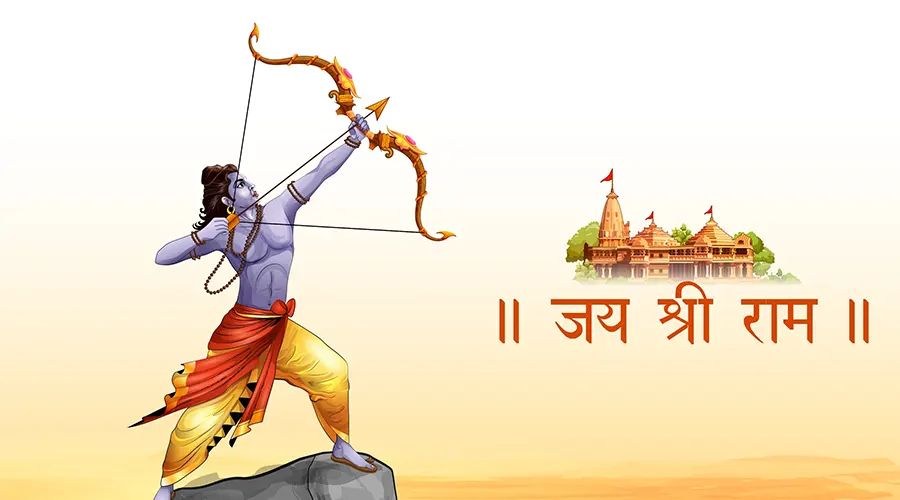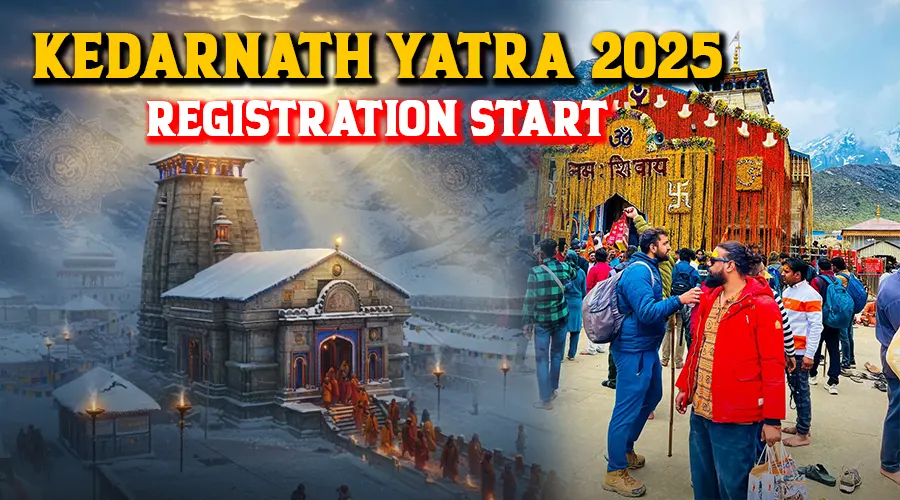Gandhi Museum
The Gandhi Memorial Museum serves as a remembrance and tribute to the efforts of our very own father of the nation, Mahatma Gandhi. Established in 1959 in his cherished memory, eleven years after his demise, it is one of the few Gandhi Museums in the country.
Located in the heart of Madurai, the museum houses a wealth of remarkable mementos associated with Indian history such as the bloodstained cloth Gandhi was wearing when he was assassinated in 1948. It is one of the five great Gandhi Museums in the country which depicts the life of the Father of the nation and India's freedom struggle from 1757 until 1947.
Jawaharlal Nehru inaugurated the premises on 15th April 1959, and the illustrations and graphic representations convey an understanding of the struggle for freedom during the British era. The enclosure is associated with a rich history, and the building itself is a former 17th-century palace. Gandhi Memorial Museum in Madurai comes under the Peace Museums Worldwide selected by the United Nations Organization (UNO).
The galleries of the museum display the chronicles of the pre-independent nation during an era when unfortunate atrocities were committed by the British. Special collections include historical stamps of British-ruled India and letters written to and by Mahatma Gandhi.
The letters sent to the poet, activist Subramania Bharati and infamous dictator Adolf Hitler are kept here! The most exciting part of the museum is the sections containing 124 rare photographs of Gandhiji's personal life. It has photographs depicting various stages from his childhood days until being taken to the crematorium. A bloodstained cloth used by him on the day of his assassination is also kept at this museum. The museum is also home to around 100 relics and replicas of artifacts about Gandhiji.
History of Gandhi Museum
The present Gandhi Memorial Museum of Madurai is a historical building. It used to be the palace of Rani Mangammal from the Naick dynasty. Known as Tamukkam Palace, it was built around 1670 A.D. Spread over an area of 13 acres, this palace presents an example of architectural fineness, which allures every visitor.
However, later this palace came under rulers of other dynasties and also the East India Company during the colonial era. It used to be the official residence of the British District Collector of Madurai. It was in 1955 when this palace was gifted to All India Gandhi Smarak Nidhi by the Tamil Nadu State Government. It was done to create a Gandhi Memorial Museum in Madurai. This museum was built by Gandhi Smarak Nidhi and is maintained by the same. It was inaugurated in the year of 1959 by Jawaharlal Nehru
Architecture of Gandhi Museum
Gandhi Memorial Museum not only boasts of a rich collection but also presents alluring architecture. Once a palace named Tamukkam belonging to Rani Mangammal during Naick's reign, this building is a beautiful structure that is worth admiring.
In front of the main building of the Gandhi Memorial Museum, you can see a hut, named Gandhi Kutir. It is located slightly towards the south of the main building. It has been created as a replica of the original hut of Mahatma Gandhi in Sevagram.
The ground floor of the building has a section of Khadi and Village Industries where you can see various village industries which were revived by Mahatma Gandhi. On the northern side of the building, there is a library with more than 20,000 volumes. Here one can find around 2, 70, 000 letters of Mahatma Gandhi and many reels of microfilms.
There is an open-air theatre as well. It is situated to the south of the main building of the museum. This vast open-air theatre can accommodate around 8000 people. Various cultural programs, public meetings, and shows are organized at this theatre regularly. To the northern side of the building, there is a newly created wing that houses a library as well.

























